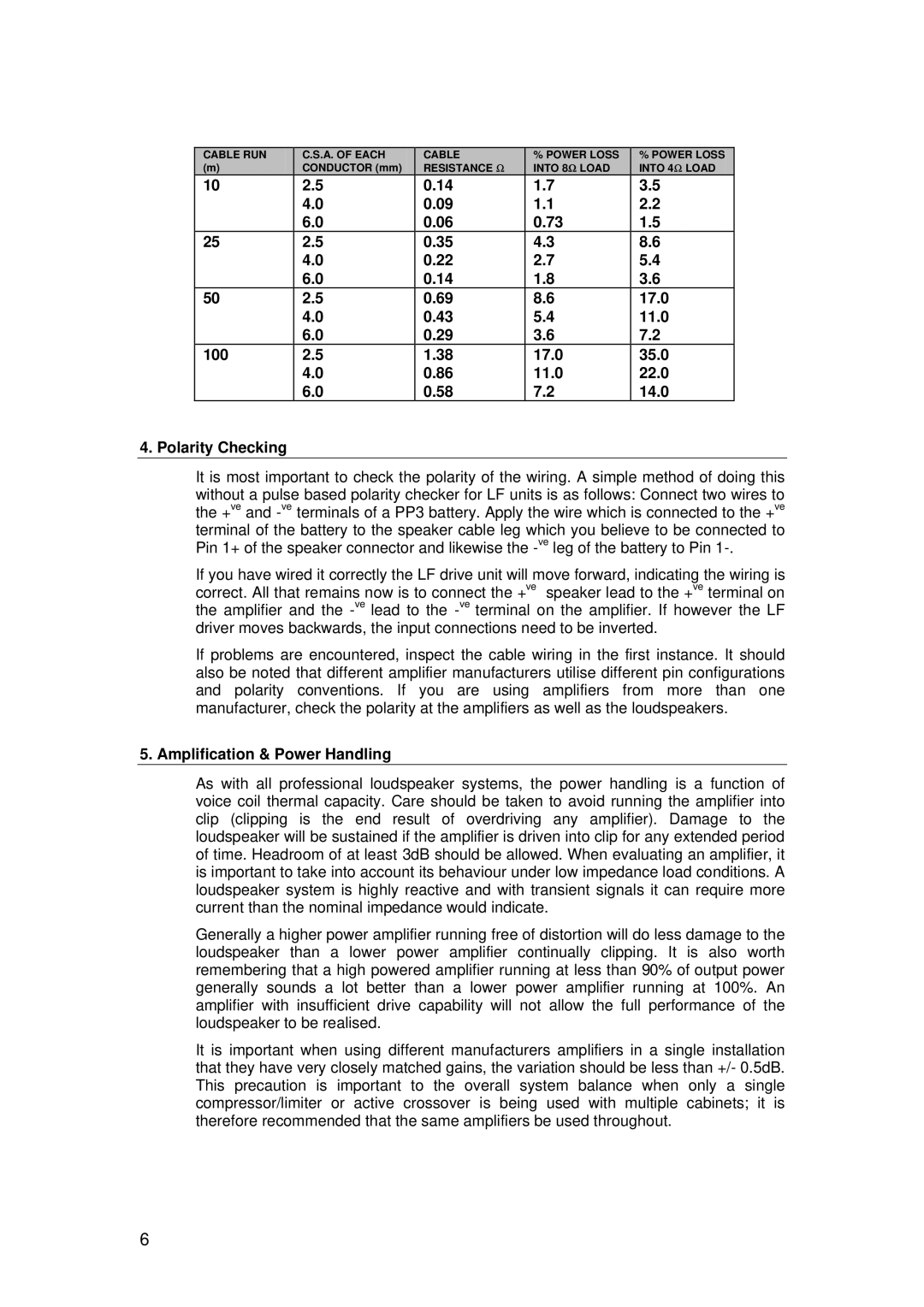B225 specifications
The Tannoy B225 is a professional-grade studio monitor speaker that has earned a reputation for delivering remarkable sound quality and precision in various audio environments, from home studios to larger professional setups. Renowned in the industry for its innovative technology and robust build, the B225 is designed to meet the demanding needs of audiophiles and music producers alike.One of the standout features of the Tannoy B225 is its dual-concentric driver design. This unique configuration places the high-frequency tweeter at the center of the low-frequency woofer, providing a coherent wavefront that contributes to an accurate soundstage. The result is a more focused audio image, allowing listeners to pinpoint instrument placements and vocal clarity, which is crucial during mixing and mastering sessions.
The B225 also boasts a substantial power handling capability, ensuring that it can handle dynamic audio without distortion. With an RMS power rating of around 150 watts, the B225 delivers impressive volume levels while maintaining sound fidelity. This makes it suitable for various applications, from critical listening to playback in larger studio settings.
In terms of frequency response, the B225 exhibits a wide range, typically spanning from 40 Hz in the lower spectrum to around 25 kHz in the upper range. This allows for rich bass reproduction and clear high-frequency detail, enabling users to hear every nuance in their recordings. Such a broad frequency range is particularly beneficial for genres that demand precise lows and crisp highs, like classical or electronic music.
Another notable characteristic of the Tannoy B225 is its versatility in connectivity. It includes a range of input options, allowing for compatibility with various audio interfaces, mixers, and other equipment. This adaptability makes it a popular choice for studio engineers and producers who require a reliable monitoring solution in diverse settings.
The cabinet design of the B225 is also noteworthy; it features a robust construction that minimizes resonance and vibrations, ensuring cleaner playback. Additionally, the enclosed design aids in achieving a balanced sonic output, making it easier for users to create mix decisions confidently.
In summary, the Tannoy B225 stands out in the crowded market of studio monitors due to its dual-concentric technology, extensive frequency response, substantial power handling, versatile connectivity, and sturdy build. Whether you are a seasoned professional or an aspiring music producer, the Tannoy B225 is a worthy investment for achieving high-fidelity sound reproduction.

